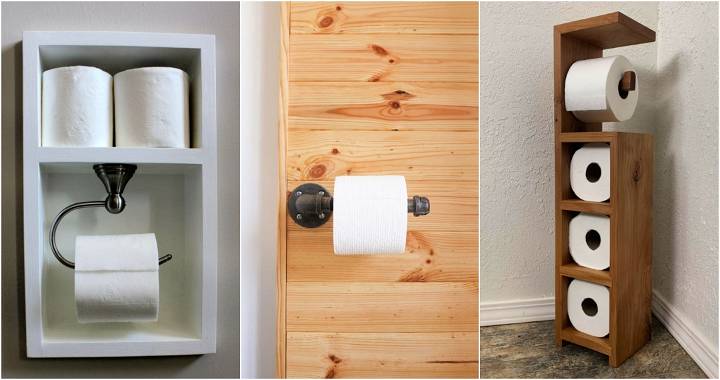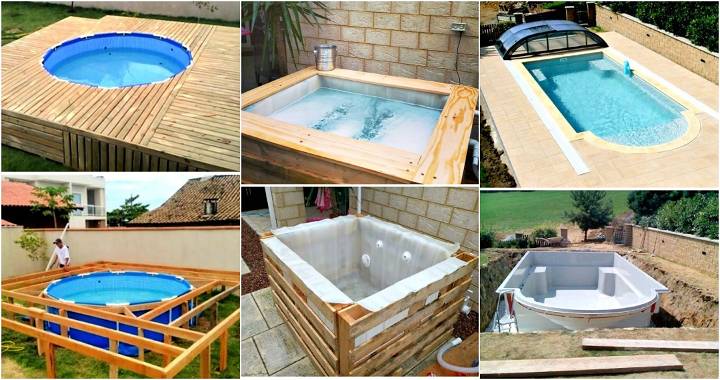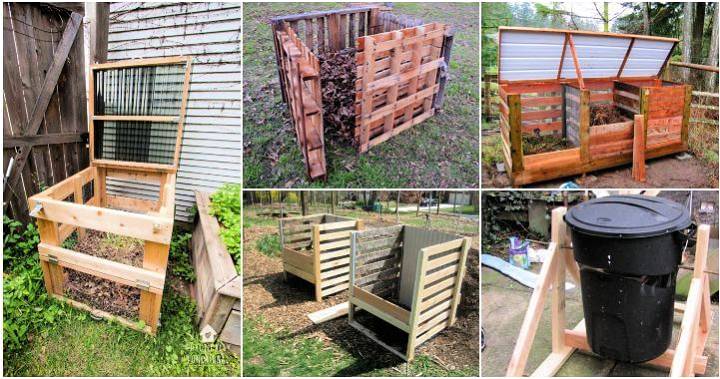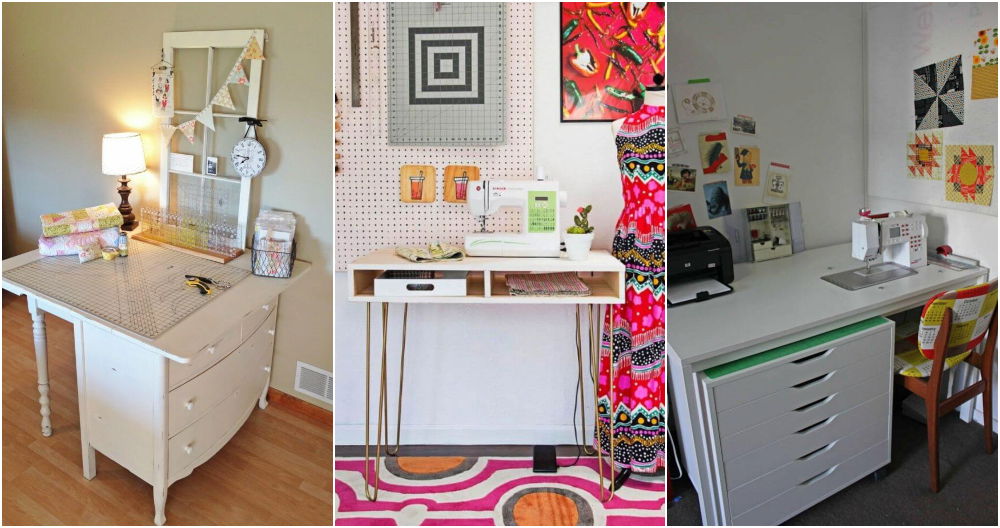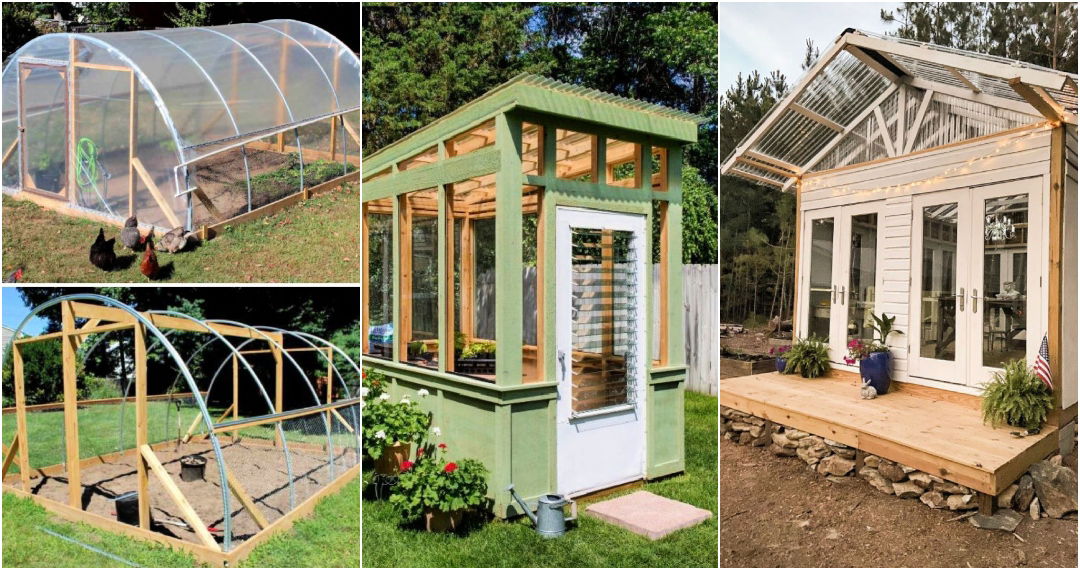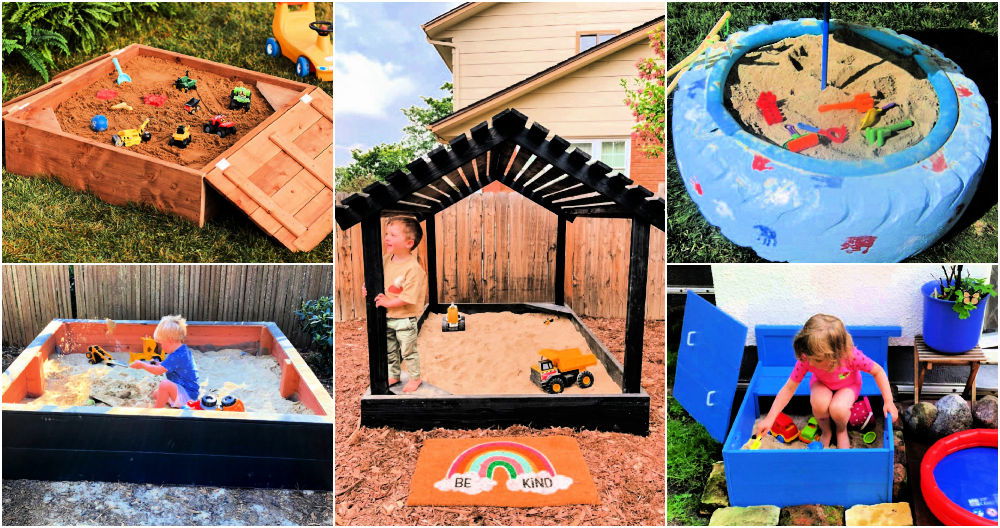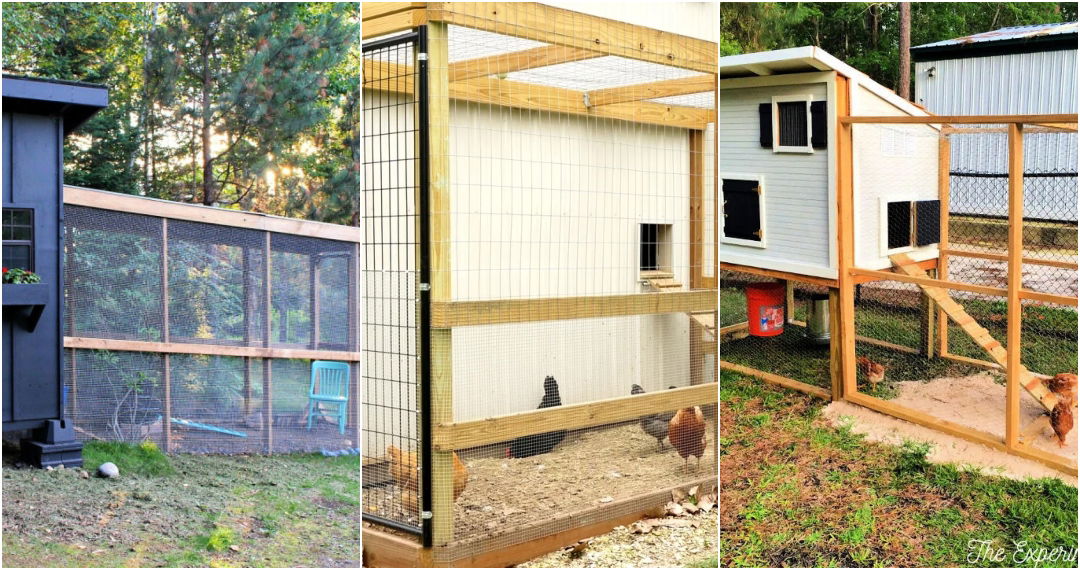Building a sustainable solution for nature calls while camping has never been easier with homemade DIY composting toilet plans. This guide is tailored to help everyone craft their composting toilet with ease, focusing on practicality and environmental friendliness. Our step-by-step instructions ensure that the process is straightforward, making it accessible to all skill levels. With the right materials and tools, you're not far from adding a convenient and eco-friendly feature to your camping gear.
Diving into the construction process, we've broken down each step from preparing the vent hole to installing a urine diverter and securing containers. Beyond the build, learn how to customize your toilet for both functionality and aesthetics. Plus, we cover essential topics like maintenance, optimizing compost quality, and understanding the environmental impact. Get ready to improve your camping experience with a solution that's good for you and the planet.
Let's explore further how you can contribute positively to the environment while enjoying the great outdoors.
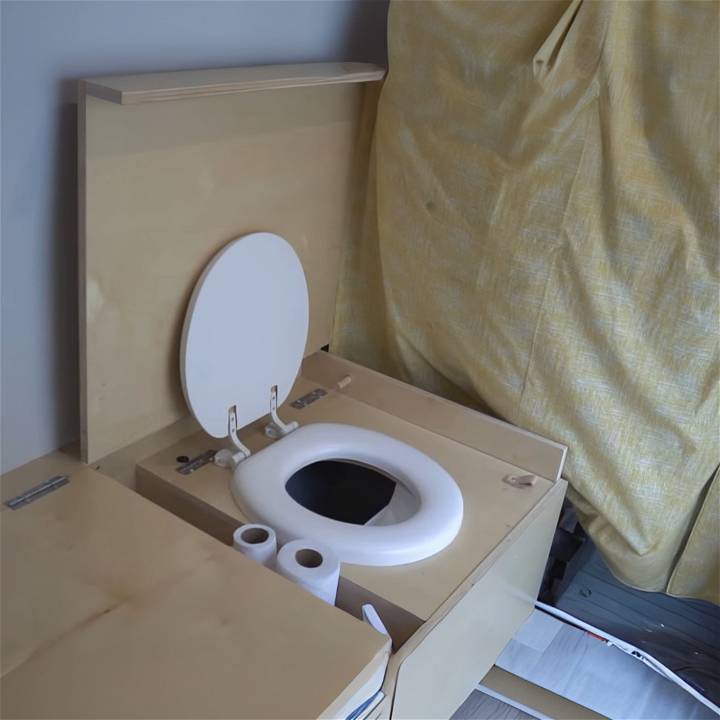
Materials and Tools Needed
- 3/4 inch plywood (pre-finished)
- 1 1/4 inch screws
- 2 inch metal hole saw
- 2 inch soffit vent with a pool drain hose
- Adhesive sealant
- Duct tape
- Drill with bits
- Jigsaw
- Computer fan
- Starbond CA glue and activator
- Piano hinges
- Urine diverter
- PVC drain pipe fitting
- Silicone sealant
- Brad nails
- Biodegradable trash bags
- Peat moss
- Vinegar and water solution (disinfectant)
Step by Step Instructions
Building a composting toilet can be a cost-effective option for those on the go or off-grid. Here's a simple guide based on practical experience.
Step 1: Preparing the Vent Hole
Before constructing the toilet box, drill a 2-inch vent hole in your van, starting from the inside and finishing from the outside to minimize burring. Attach a 2-inch soffit vent to the van's exterior using adhesive sealant, and connect the pool drain hose with duct tape. Leave the hose long to adjust later when walls are up and the toilet is in place.
Step 2: Building the Box
Make a basic box using pre-finished plywood. Attach three walls and the bottom using screws and butt joints, pre-drilling holes to avoid splitting. Incorporate a divider inside the box for separating the functioning area from the storage area. Ensure to cut a hole in the back panel for the vent hose.
Step 3: Installing the Ventilation
Mount a computer fan on a scrap piece of plywood and attach this to the back panel over the vent hole. This will help in airing out odors.
Step 4: Adding the Toilet Lid
Measure and install a toilet seat lid using piano hinges for access beneath. Trace the toilet seat's mounting points and the opening, then cut out with a jigsaw. Attach the seat with provided hardware.
Step 5: Installing the Urine Diverter
Place the urine diverter about halfway through the seat opening and secure it with screws. Adjust the liquid container accordingly, ensuring a tight fit to avoid leaks or spills.
Step 6: Sealing and Securing Containers
Seal all internal corners with silicone to contain odors and potential leaks. Use scrap pieces nailed down to prevent the urine container and solids bucket from shifting during movement. It's essential to choose a rectangular bucket for the solids to fit the space properly and avoid gaps through which waste might escape.
Step 7: Final Touches
- Install a rocker switch for the exhaust fan and ensure the wiring is secure.
- Add a small dowel as a stopper to hold the lid up.
- For easy opening, attach a leather strap to the lid.
- Secure the composting toilet in your van, aligning it with the vent hose.
- Fill a side compartment with peat moss, vinegar and water solution for disinfectant, and toilet paper for convenience.
Using Your Composting Toilet
Line the solids container with a biodegradable bag, initial it with a sprinkle of peat moss to start the composting process. After each use, thoroughly cover waste with more peat moss to contain odors effectively.
The composting toilet is a game-changer for those living on the road, providing convenience and reducing reliance on public restrooms.
Video Tutorial
For a more in-depth look at the process, watch the step-by-step video tutorial here.
It pairs excellently with this written guide, offering visual clarity on each technique for better understanding and application.
Building a composting toilet might seem daunting, but with the right tools and some patience, it's an achievable project that can greatly enhance your travel or living situation.
Customization and Aesthetics of Composting Toilets
Composting toilets come in various designs, allowing for customization to fit personal tastes and bathroom aesthetics. From sleek, modern designs to more rustic options, there's a composting toilet to match any decor. Some models offer features like urine separation, which can speed up the composting process and reduce odors, making them a practical and stylish choice for eco-conscious homeowners.
Personalization Options
- Design Variety: Choose from a range of designs to complement your home's style.
- Functional Features: Select models with features like urine separation or low-profile designs for small spaces.
Advanced Tips for Optimal Composting
To get the most out of your composting toilet, it's essential to understand the composting process and how to optimize it. Maintaining the right balance of carbon to nitrogen, moisture content, and temperature is key to efficient composting. Using bulking materials like sawdust or peat moss can help maintain this balance and ensure a successful composting process.
Enhancing Compost Quality
- Balance Carbon and Nitrogen: Aim for a carbon-to-nitrogen ratio of 25-35 to encourage proper decomposition.
- Regulate Moisture and Temperature: Keep moisture content between 50%-60% and temperature between 40-65 °C for optimal composting conditions.
By considering these factors, you can ensure that your composting toilet not only serves as a sustainable waste solution but also as an attractive and cost-effective addition to your home.
Cost-Benefit Analysis of Composting Toilets
When considering the installation of a composting toilet, it's important to weigh the initial costs against the long-term benefits. On average, a self-contained composting toilet can cost around $600, with high-end models reaching up to $5,000.
Despite the upfront investment, composting toilets are less expensive to operate and maintain compared to traditional systems. They save thousands of gallons of water each year, which can significantly reduce water bills and the ecological footprint of a household.
Long-Term Savings
- Water Bill Reduction: Composting toilets can save 4,000 to 7,000 gallons of water per person per year, leading to noticeable savings on water expenses.
- Decreased Maintenance Costs: With fewer mechanical parts than traditional toilets, composting toilets often incur lower maintenance costs over time.
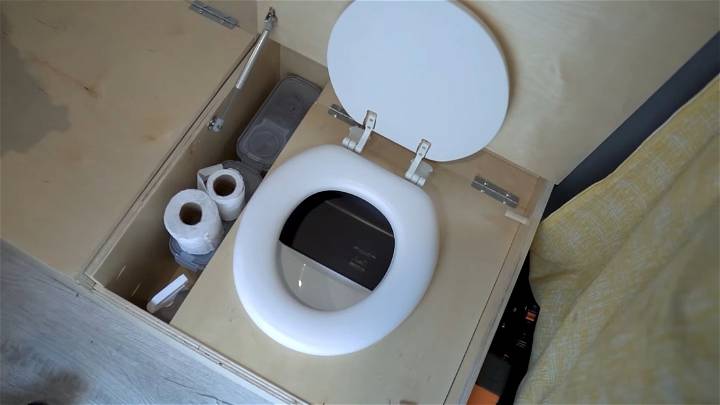
Environmental Impact of Composting Toilets
Composting toilets offer a significant environmental advantage by reducing water usage and preventing pollution. They can save 4,000 to 7,000 gallons of water per person annually. By transforming human waste into compost, they leverage the natural process of aerobic decomposition, which not only conserves water but also recycles nutrients. This reduces the environmental footprint of human habitation.
Benefits to the Ecosystem
- Water Conservation: Traditional toilets use about 20 gallons of water per day. Composting toilets require little to no water, preserving this vital resource.
- Nutrient Recycling: The compost produced can be used to enrich soil, promote plant growth and reduce the need for chemical fertilizers.
- Reduced Pollution: Properly managed composting toilets prevent the contamination of waterways and groundwater.
Maintaining Composting Toilets
Maintaining a composting toilet is crucial for its efficient operation. The key is to support the aerobic process that breaks down waste without the use of chemicals.
Regular Maintenance Tips
- Avoid Chemicals: Do not use bleach or ammonia products, as they can kill the beneficial microbes essential for composting.
- Use Natural Cleaners: A mixture of water and baking soda can help maintain the necessary microbial activity.
- Manage Waste Separation: Ensure that liquid and solid wastes are properly separated to facilitate the composting process.
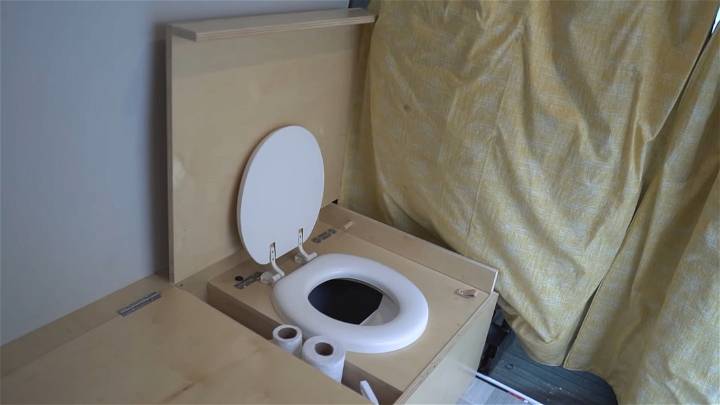
Legal Considerations for Composting Toilets
The legality of composting toilets varies by location. It's essential to check local regulations and obtain any necessary permits before installation.
Understanding the Law
- Certification: Some states require composting toilets to be certified by the National Sanitation Foundation.
- Permits: A permit is often required to ensure that the system is properly constructed and does not pose a health hazard.
- Local Restrictions: Be aware of any local area rules that may affect the installation and use of composting toilets.
Health and Safety Guidelines for Composting Toilets
Ensuring health and safety is paramount when using composting toilets. It's essential to follow best practices to prevent the spread of pathogens and maintain a hygienic environment.
Safe Handling and Maintenance
- Wear Gloves: Always wear gloves when handling compost to minimize direct contact with waste materials.
- Proper Ventilation: Ensure your composting toilet is well-ventilated to reduce odors and facilitate aerobic decomposition.
- Regular Cleaning: Clean the toilet regularly with natural cleaning agents to maintain hygiene without harming the composting process.
Disposal of Compost
- Curing Period: Allow the compost to cure for a specified period before using it to ensure that pathogens are destroyed.
- Use of Compost: Finished compost can be used as fertilizer for non-edible plants to avoid any health risks.
Technology Integration in Composting Toilets
Incorporating technology into composting toilets can greatly enhance their efficiency and user experience. Modern composting toilets can include features like automated mixers, temperature and moisture sensors, and remote monitoring systems.
Technological Enhancements
- Automated Mixers: These help in aerating the compost and speeding up the decomposition process.
- Sensors: Temperature and moisture sensors can ensure the composting process stays within optimal parameters.
- Remote Monitoring: Some systems allow for remote monitoring of composting conditions, making maintenance easier and more efficient.
By following these guidelines and considering technological integrations, you can ensure that your composting toilet is safe, hygienic, and efficient.
FAQs About Composting Toilets
Composting toilets are an eco-friendly alternative to traditional sanitation systems. Here are some of the most common questions people have about them:
What is a composting toilet?
A composting toilet is a type of toilet that treats human waste by a biological process called composting. This process turns waste into compost, a soil-like material.
How does a composting toilet work?
It separates liquid and solid waste. Solids are mixed with a bulking agent like sawdust and decompose into compost over time.
Does a composting toilet smell?
When maintained correctly, composting toilets do not smell. Proper ventilation and the separation of urine and feces are key to controlling odors.
Can I use regular toilet paper in a composting toilet?
Yes, but it's best to use single-ply, biodegradable toilet paper to ensure it breaks down effectively.
How often do I need to empty a composting toilet?
It depends on the size of the unit and the number of users, but typically, the composting chamber needs to be emptied every few months.
Is a composting toilet expensive?
The initial cost can be higher than traditional toilets, but they save money in the long run by reducing water bills and sewage costs.
Are composting toilets legal?
Most regions allow composting toilets, but it's important to check local regulations and obtain any necessary permits.
Can I install a composting toilet in any bathroom?
Composting toilets can be installed in most settings, but space and ventilation requirements must be considered.
Do composting toilets use electricity?
Some models use electricity for ventilation fans or heaters, but there are also non-electric options available.
How do I maintain a composting toilet?
Regular maintenance includes adding bulking agents, ensuring proper ventilation, and occasionally turning the compost.
Can I use the compost from my toilet in my garden?
Compost from human waste should only be used on non-edible plants due to potential health risks.
By understanding these FAQs, you can make an informed decision about whether a composting toilet is right for you and how to maintain it properly.
Conclusion:
Wrapping up, our journey through the creation and maintenance of homemade DIY composting toilet plans for camping has equipped you with a comprehensive guide from selecting the right materials and tools, to step-by-step construction and personalization options. We've navigated through advanced tips for optimal composting, highlighted the cost-benefit analysis, and underscored the environmental impact these toilets bring to the camping world.
Maintenance, legal considerations, and the integration of technology have all been addressed to ensure your composting toilet not only serves its functional purpose but does so safely, efficiently, and in harmony with the environment. Whether revamping your camping experience or committing to sustainable living, these insights into composting toilets pave the way for a greener, more eco-conscious outdoor adventure.


